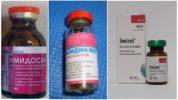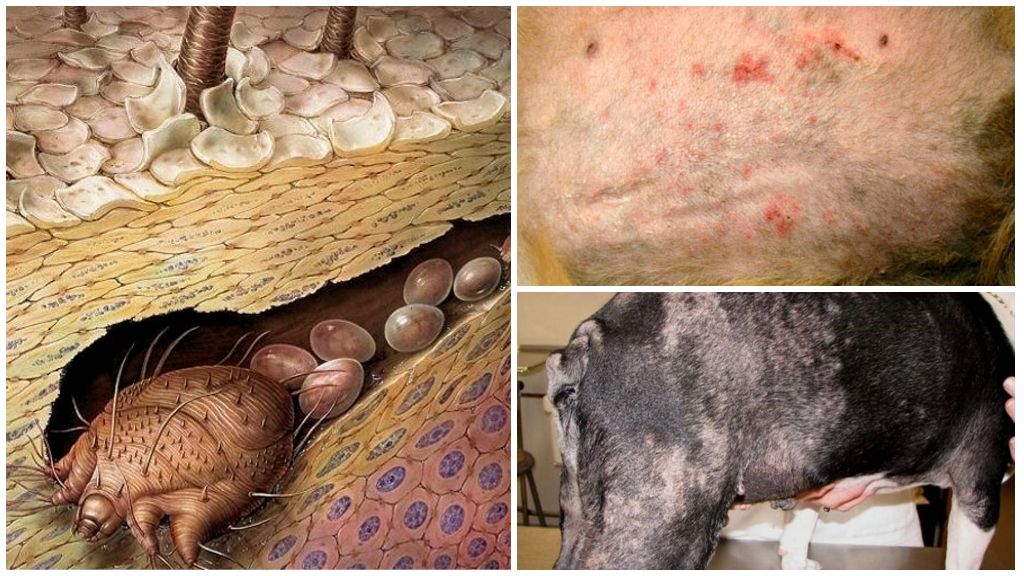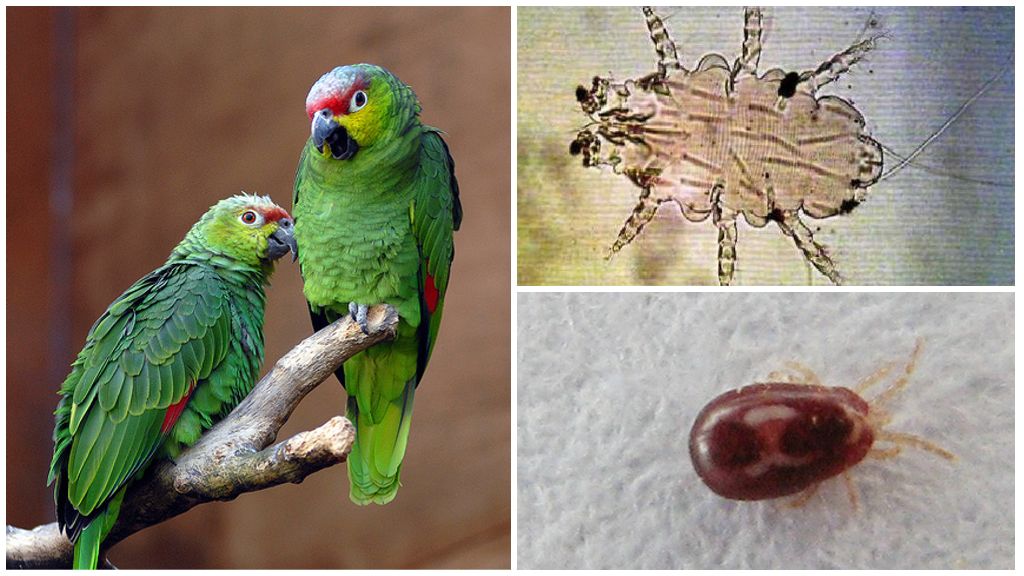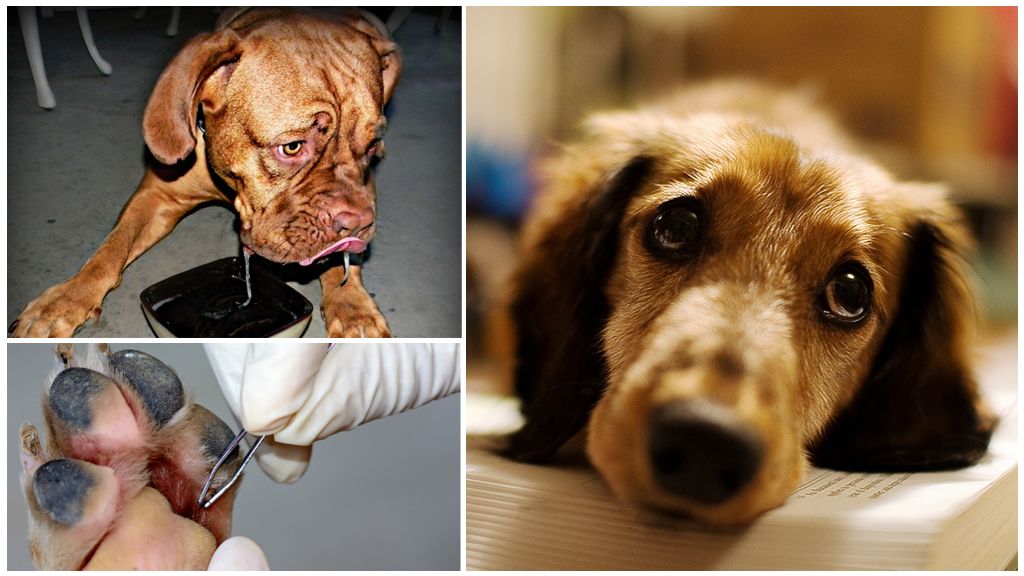- Pyroplasmosis in dogs
- Dog Pyroplasmosis Medications
- Treatment of a dog for pyroplasmosis
Pyroplasmosis in dogs or babesiosis is a dangerous disease, distributors are ixodid ticks. The incubation period lasts from 3 to 14 days. It manifests itself as a sharp deterioration in the well-being of the animal or proceeds without pronounced symptoms. Therapy is carried out using special drugs under the supervision of specialists.
Animal infection
Pyroplasmosis tick lives everywhere. Prefers broad-leaved plants, shrubs, tall grass, thickets. It feeds on the blood of wild animals, birds, pets, and livestock. Infection of domestic dogs occurs during a walk near the house, in the forest, on the lawn.
Mite transmits infection during bite through saliva. The first signs of pyroplasmosis in dogs appear a few days after the parasite, having satiated, disappears. How long the incubation period will last depends on the animal’s immune system. Puppies, young dogs under the age of 3 years, thoroughbred dogs react sharply to infection. The first signs may occur 2-14 days after a tick bite.
On a note!
The first outbreak of babesiosis occurs in early spring, when ticks are activated, a young generation of pests appears. Throughout the warm period, dogs are at high risk of infection. In the wild, ticks can bite wolves, foxes, jackals.
Pathogen biology
Pyroplasmosis provokes babesia, which during the entire cycle of its development replace two owners. The first are ticks. Infection occurs when a sick animal bites. Dogs become infected after eating a sick parasite.
Babesias enter the bloodstream and begin to actively share. Unicellular microorganisms develop in red blood cells, feed on hemoglobin. After a while, they begin to transform, getting into the stomach.
On a note!
In ticks, parasites are found in large numbers in saliva, therefore, when bitten, they enter the bloodstream in large quantities. Babesiosis in dogs is developing rapidly, the clinical picture directly depends on the defenses of the animal.
Symptoms and treatment of piroplasmosis in dogs

In most cases, the first signs of infection are pronounced, literally knocking a pet down.
Acute course of the disease
In the early days, body temperature rises to 41 degrees Celsius. In pets with strong immunity or in animals that have already been ill once with pyroplasmosis, the fever lasts 1-2 days. In other cases, up to 3.
During the life of microorganisms, toxins are released, which are carried with blood throughout the body. Lowering hemoglobin significantly weakens the dog's vitality. As a result, characteristic symptoms of piroplasmosis appear.
How does the disease manifest:
- vomiting
- lack of appetite;
- diarrhea or constipation;
- apathy;
- nausea;
- insomnia or drowsiness;
- the mucous membranes of the eyes and mouth are pale;
- urine acquires a dark shade;
- weakness of the hind limbs;
- feces of a yellow, green hue;
- pulmonary edema.
On a note!
In the absence of proper measures, the dog may die within 5 days or the immune system will develop antibodies, defeat the disease on its own, and make the pet more resistant to babesiosis. However, no conscientious owner will not check. The latter situation is typical for stray dogs.
Sluggish course of the disease
Pyroplasmosis is also characterized by a sluggish course with a weak clinical picture. This situation happens with strong immunity in animals, when the body itself tries to cope with pathogens. The dog may just look tired.
The owner may note a slight deterioration in the well-being of the pet, which is expressed in weakness, apathy, lack of appetite, and impaired stool. The temperature rises to around 42 degrees Celsius for only one day or stays within normal limits. Weak onset is dangerous for a long recovery period.
On a note!
Chronic pyroplasmosis is also observed in pets, which were ill earlier with this ailment, and antibodies developed. In this case, the disease lasts up to 90 days.
Diagnostics
Treatment of piroplasmosis in a dog after a tick bite begins with a visit to the veterinarian. To determine the disease, the animal takes blood, urine. Received data pyroplasmosis analysis compared with clinical manifestations, appropriate medication is prescribed. In complex cases, a blood transfusion in dogs with pyroplasmosis is carried out.
Effective drugs
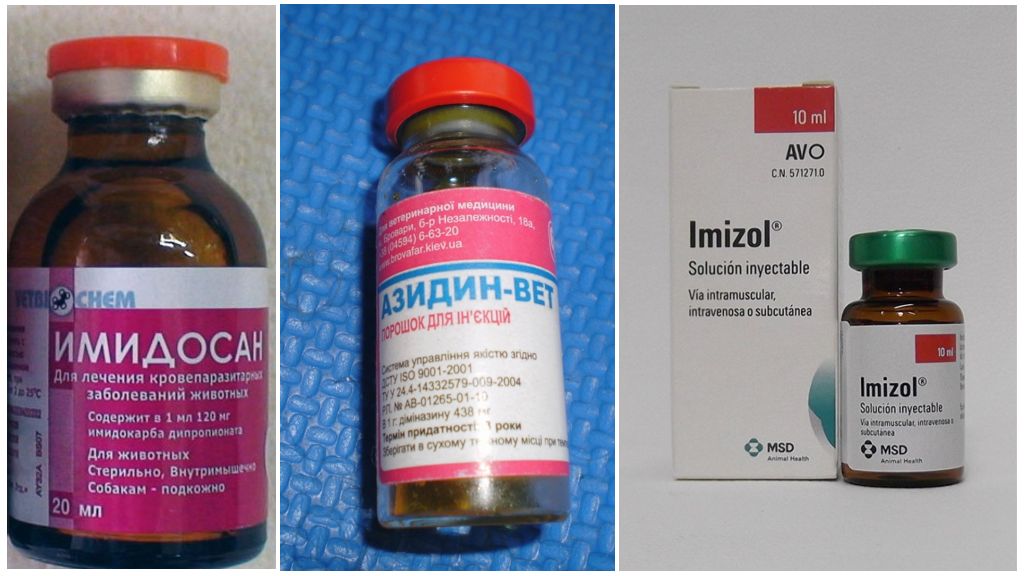
Without qualified therapy, mortality is 98%. At the first manifestations of the disease, it is necessary to seek the help of doctors, undergo examination. Treatment is carried out in several directions.
The first stage is the use of drugs to destroy parasites affected by red blood cells. Drugs for treating piroplasmosis in dogs:
- Imidosan;
- Veriben
- Azidine;
- Imizol;
- Doxycycline;
- Berenil;
- Imidocarb;
- Forticarb.
The veterinarian can either treat or administer the vaccine on their own.
The following steps are aimed at eliminating the waste products of pathological microorganisms, restoring the normal functioning of the digestive system. Prescribe pills to normalize the well-being of the dog, strengthen protective functions, strengthen immunity. Prescribe hepatoprotectors, vitamins, medications to support the heart.
Forced alkalizing diuresis is prescribed to prevent complications and eliminate them. After the introduction of injections of antiparasitic drugs, mass death of pathogens occurs. Toxicosis appears, a significant deterioration in the well-being of the animal. The remains of the cells are excreted through the kidneys, and they become clogged. In order to eliminate renal failure, forced alkalizing diuresis is prescribed.
A new method of treating pyroplasmosis aimed at purifying blood plasma is hemosorption, plasmapheresis. It has been used in veterinary practice since 2007. It is prescribed for the purpose of removing toxins, cell debris after mandatory medications, as well as from the first days after confirmation of the diagnosis. The main advantage of the method is that blood purification occurs without the participation of the kidneys and liver, which reduces the risk of severe side effects.

The duration of therapy and the success of treatment depends on the complexity, characteristics of the disease, period. With timely assistance, the dog recovers within 8 days. With late treatment or in the presence of complications - 20 days.
Important!
There is a special piroplasmosis vaccine in dogs, which allows you to protect the animal from a deadly disease. The drugs are called Pirodog, Nobivak Piro. It contains an isolated antigen that reduces the risk of death, but does not provide 100% protection. For the prevention of pyroplasmosis, standard tick remedies.
Possible complications
Effects:
- lung enlargement;
- liver damage;
- ischemic brain damage;
- renal, heart failure.
Seizures are rare, ending in the death of an animal. Renal failure is a common occurrence, but if urine is formed, there are chances to save the pet.
TO complications carry the chronic course of pyroplasmosis. After the disappearance of bright painful, unpleasant symptoms, complete recovery does not occur, parasites in the blood are present, gradually poisoning the body of the pet. At the next bite with an infected tick, an exacerbation occurs.
Important!
In difficult situations in the blood of dogs there are several types of babesias, which gives a complication to many internal organs, systems. To cure an animal is very difficult, expensive. There are also situations when a pet is sick, but it is impossible to establish a diagnosis by analysis.
Preventative measures
With the onset of heat at home, treat the dog with any modern means of bloodsucking parasites. Apply drops spray, tablets, lotion, cling special collar. Not a single remedy provides 100% protection, but reduces the risk of the disease at times. Spray, drops, lotions act on ticks for about 2 weeks, collars depending on the active component - from 1 month to 3.
Additionally apply folk remedies in the form of decoctions of tansy wormwood, solutions with the addition of essential oil of lavender, citronella, lemongrass. Spray the wool from the spray gun or apply drops.
Do vaccination against pyroplasmosis, each owner decides for himself. But he must do everything to protect the animal from a dangerous disease.

